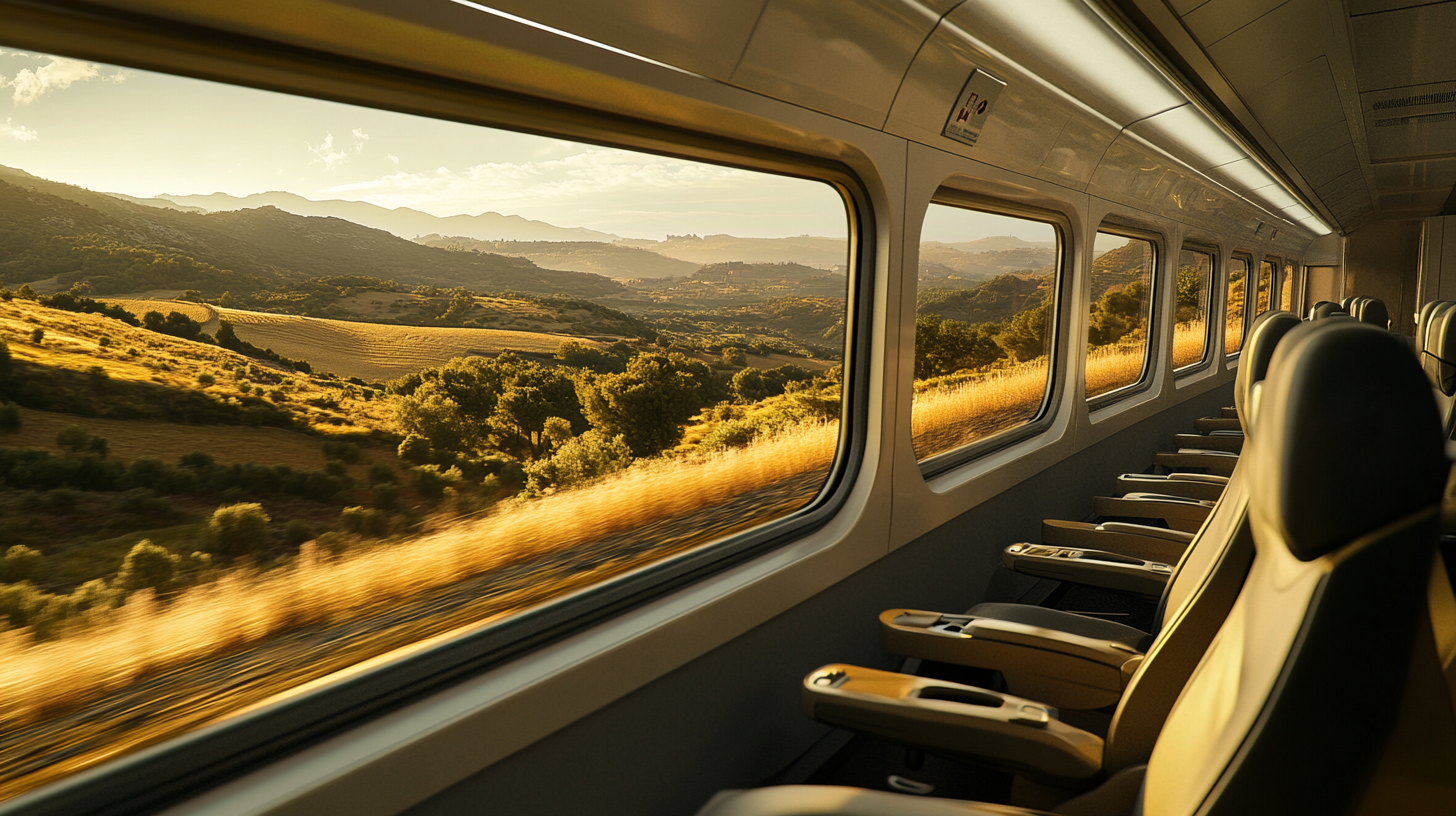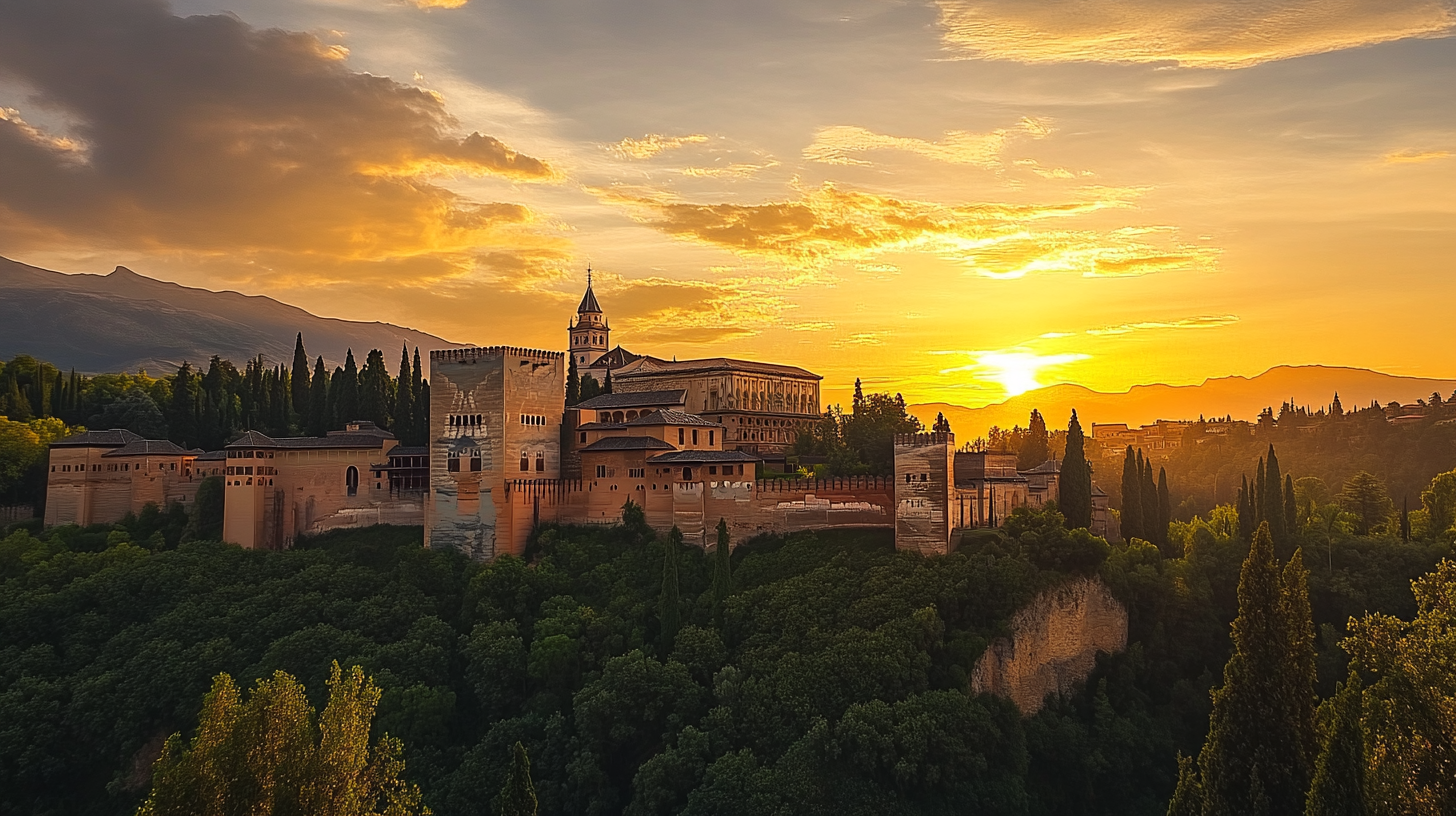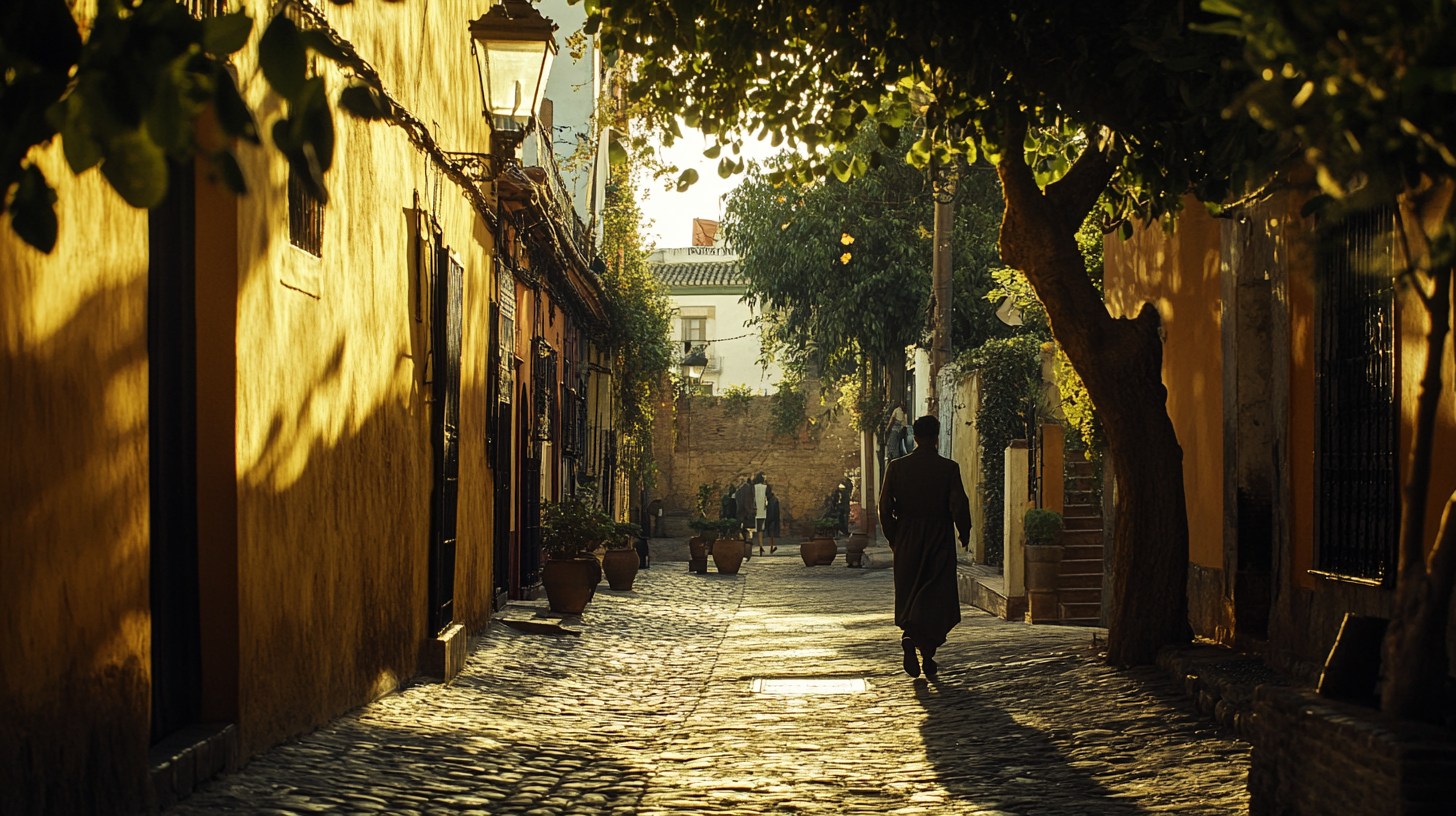Seville to Granada: Your Fast-Track Guide for Frequent Flyers
I’ve roamed the lively avenues of Seville and the winding streets of Granada countless times, and somehow each trip reveals a new corner of Andalusian charm. These two iconic cities may be just 250 km apart, but the journeys in between can be as varied and vibrant as the destinations themselves. From zooming across the countryside on cutting-edge trains to savoring a slower route through scenic villages, there’s always a fresh perspective waiting around the next bend.
In 2025, it’s easier than ever to plan your itinerary thanks to modern transport data, helpful online booking tools, and the rising popularity of flexible travel passes. Whether you’re a time-crunched frequent flyer looking to connect your Spanish adventure seamlessly or simply hoping to stretch your budget, rest assured: your next hop from Seville to Granada can be swift, stylish, and surprisingly affordable.
Train Travel: High Speed & Comfort

Whenever I want to make the most of my time, I hop aboard Renfe‘s high-speed services like the AVE or Alvia, which can often hustle between Seville’s Santa Justa station and Granada in about two and a half hours. In fact, some rides clock in closer to 2 hours and 22 minutes, hitting speeds up to 250 km/h. That near-bullet pace is matched by onboard conveniences like Wi-Fi, power sockets, and a snack bar—perfect for catching up on emails or just watching the Spanish landscape whiz by.
According to a 2024 study by the Spanish Rail Enthusiasts Society, passenger satisfaction on high-speed routes has soared by nearly 20% in recent years, and it’s no wonder. Early-bird bookings can land you First Class or Premier seats at surprisingly low prices, offering more legroom (and the occasional complimentary meal, depending on your ticket type). I’ve also discovered that booking platforms bundling tickets from multiple European rail companies are a lifesaver if you’re piecing together a broader adventure. For me, it’s all about freeing up time to explore Granada’s Moorish palaces without the stress of a lengthy commute.
If you’re connected to various airline loyalty programs and still want to incorporate rail into your routine, I recommend checking for alliances between big airlines and rail partners—some offer combined tickets that make transitions from plane to train much smoother. On my last trip, I managed to earn rail loyalty points I could later convert into discounts on flights, proving that mixing travel modes can work wonders for frequent flyers.
Bus Connections: Budget-Minded and Frequent

Not everyone is pressed for time, and buses remain a comfortable, cost-effective option between Seville and Granada. Operators like FlixBus and Alsa often cover the route in around 2 hours 45 minutes to 3 hours 15 minutes. If you plan it right, you can snag tickets for as little as 12 euros, with some journeys nudging into the $15 to $24 range. I once shared a ride with a group of students who had discovered last-minute fares for under 10 euros—a testament to how deals pop up when you least expect them.
From my experience, Spanish coach services usually deliver more than just a seat on wheels. Most buses feature decent reclining seats and robust air conditioning, crucial if you’re traveling in the heat of summer. A recent survey from the Andalusian Tourism Board indicates that nearly 40% of budget-focused travelers prefer bus journeys for distances under 300 km, citing cost savings as their driving factor. Buses also run multiple times a day, which is practical if you’re juggling an unpredictable schedule. I’ve often used early departures to arrive in Granada just in time for a public walking tour, making efficient use of every mile.
For even more convenience, consider bus terminals closer to your accommodation. Seville’s Plaza de Armas station is fairly central, and Granada’s main bus station offers connections to local transit lines, so you can hop off and head straight to your hotel or to that hidden tapas bar you’ve read so much about. I’ve found that a little research into local transit schedules can save you heaps of time once you step off the coach.
Driving: The Scenic Path

Of course, there’s a special appeal in hitting the open road yourself. If you’ve got a valid driver’s license and a spirit of adventure, renting a car or arranging a private transfer can turn the trip into a personalized mini-road trip. The main route along the A-92 highway takes about 2.5 to 3 hours on average. For me, the joy lies in turning detours into memorable stops at lesser-explored pueblos or indulging in tapas at a roadside tavern that would be easy to miss on a bus or train.
According to the latest figures from the Spanish Automobile Association, rental car rates in Andalusia dipped by around 10% in 2024, which may help you score better deals, especially if you book early. More than once, I’ve paused in history-laden towns like Antequera or Ronda, savoring a lazy lunch while taking in mountain vistas. If you’re more pressed for time, ride-sharing options or taxis can offer door-to-door service without the commitment of driving yourself. But trust me, stepping off the well-trodden path for a quick snapshot of a dramatic gorge or a centuries-old castle can elevate your journey from ordinary to unforgettable.
As someone who loves the spontaneity that a car provides, I’d just caution you to plan parking in Granada ahead of time. Between narrow city streets and busy tourist seasons, you’ll want a clear idea of where to safely leave your vehicle. Tools like Google Maps or local parking apps can do wonders in saving you from endless loops around the city center.
Pro Tips for Visiting the Alhambra

No mention of Granada is complete without the Alhambra. This UNESCO-listed palace complex, home to the Nasrid Palaces and the lush Generalife gardens, is the kind of place you could explore over and over—each time revealing new angles of Moorish artistry. I always recommend securing tickets well in advance, as they sell out quickly, especially during tourist peaks.
According to data from the Granada Tourism Bureau in late 2024, nearly 2.7 million visitors flocked to the Alhambra each year, making it one of Spain’s top attractions. Timed-entry slots are your best friend if you’re on a day-trip schedule, ensuring you won’t waste time waiting in line. If you prefer a guided experience, tours that bundle tickets and transfers can be worth the slightly higher price tag—letting you skip the ticket-hunt drama. On a recent group tour I joined, the guide’s explanation of the palace’s intricate calligraphy brought the centuries-old walls to life in a way I never expected.
For frequent flyers pondering a quick in-and-out, I’d still suggest devoting a half-day minimum to the Alhambra. The complex sprawls across a hillside, and there’s plenty of architectural nuance and historical tidbits that shouldn’t be rushed. Plus, take a step outside the main palace area to catch a glimpse of the Albayzín district from a scenic viewpoint—it’s one of my favorite photography spots in the city.
The milesBUZZ Bottom Line

At the end of the day, there’s no one-size-fits-all approach to traveling between Seville and Granada. If time is your priority, Renfe’s high-speed train might become your new best friend. On the other hand, bargain-hunters can lean on Spain’s well-run bus network that blends comfort with affordability. And if you cherish the rhythm of the open road, a personal vehicle opens up the thrill of discovering hidden local gems.
For frequent flyers scouring every angle to maximize miles or loyalty perks, Spain’s integrated transport networks offer plenty of ways to earn and save. I’ve personally combined short flight segments with train rides and have even found bus operators that partner with airline loyalty programs—it’s amazing how seamlessly different modes can fit together. Ultimately, planning ahead is key to finding the best fares, convenient schedules, and curated experiences. In my view, once you’ve experienced the Moorish splendor of Granada and the lively pulse of Seville, you’ll be eager to return for more.
Wherever your preference lies, there’s no denying that the Seville-Granada connection serves as a perfect glimpse into Spain’s diverse cultural tapestry. And as a frequent flyer myself, I believe the journey can be just as remarkable as the destination.
Final Thoughts

Whether you’re gliding along the rails at lightning speed or rolling through citrus-scented groves by car, each route from Seville to Granada carries its own set of rewards. Advanced planning—like booking train seats early or securing a discounted bus fare—can save you both time and money. The payoff? More hours marveling at Andalusia’s ornate architecture and indulging in the region’s mouthwatering cuisine.
The next time you’re mapping out a Spanish getaway, consider how these various travel options might sync with the rest of your itinerary. It’s all about balancing speed, comfort, and a dash of adventure so that by the time you’ve reached Granada’s famed city limits, you feel like you’ve lived a mini odyssey rather than simply crossed an item off your list.
Barry B.’s Take
Judging by my own experiences, the contrast between Seville’s bustling plazas and Granada’s Moorish allure is a story best tasted bit by bit. High-speed trains are fantastic if you want to keep an eye on your watch, but sometimes you can’t beat staring out a bus window, bonding with fellow travelers, or diving headlong into a scenic driving detour.
Bottom line: if you plan it right, the journey is a fulfilling part of your Andalusian adventure, not just a means to an end.
Check out milesBUZZ for more up-to-date travel insights and to stay on top of the frequent flyer world in 2025 and beyond.







